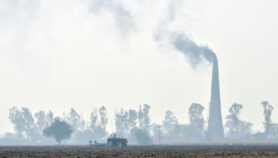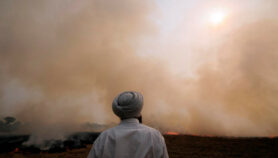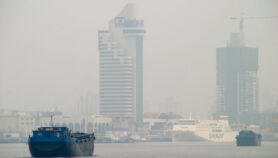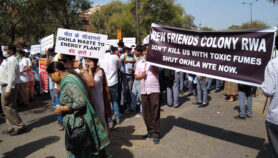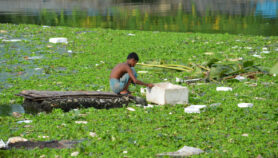03/11/19
Delhi’s toxic haze declared a health emergency
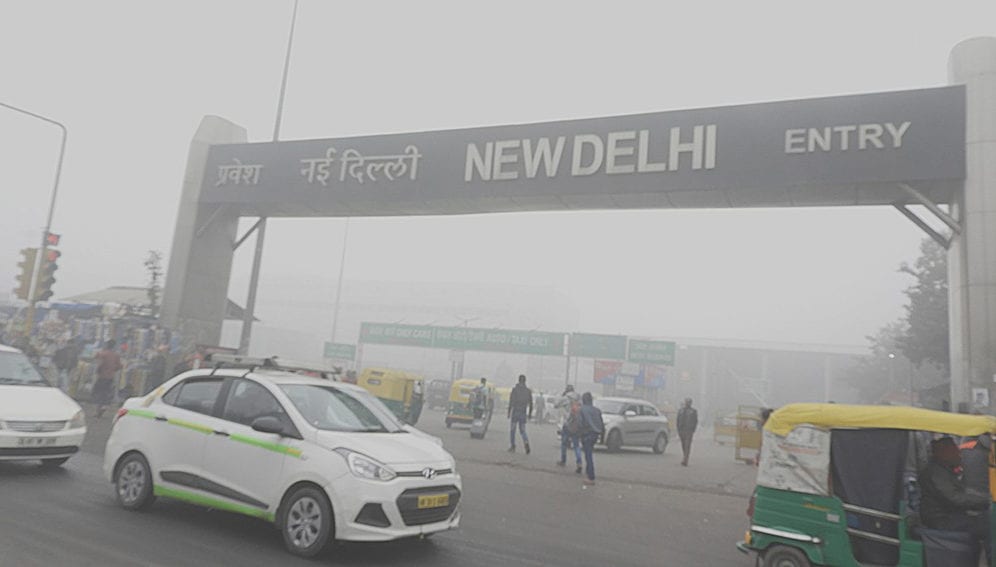
By: Ranjit Devraj
Send to a friend
The details you provide on this page will not be used to send unsolicited email, and will not be sold to a 3rd party. See privacy policy.
[NEW DELHI] With the air quality index (AQI) in parts of the Indian capital soaring beyond the hazardous ‘500+’ level, authorities declared a public health emergency on Friday and ordered schools closed until 5 November.
The current haze has added to Delhi’s reputation as being among the world’s most polluted cities. On Friday, AirVisual rated Delhi as the most polluted city, followed by Lahore in Pakistan.
The haze, which began with the traditional bursting of crackers and fireworks on the night of 27 October for the Hindu festival of Diwali, intensified through ‘temperature inversion’, a phenomenon that affects Delhi during the winter months when convective air currents that naturally circulate air in the atmosphere fail and trap pollutants closer to the surface.
“Delhi should adopt cleaner and greener methods of waste disposal such as gasification, pyrolysis or bio-methanation and avoid incineration because of the temperature inversion phenomenon which affects the city through the winter months”
Atul Goyal, United Residents Joint Action
In India, AQI is based on measurement of five pollutants — particulate matter smaller than 10 micrometres (PM10), respirable particulate matter which is smaller than 2.5 micrometres (PM2.5), ozone, nitrogen dioxide and carbon monoxide. An AQI of 401—500 is considered severe while that above 500 is classified as “severe plus or emergency”.
“We have to take this as a public health emergency as air pollution is now hazardous and will have adverse health impacts on all, but particularly our children,” said Bhure Lal, chair of the Environment Pollution (Prevention and Control) Authority, in directions he issued under the ‘Graded Response Action Plan’ of the Supreme Court.
“The India Meteorological Department informs us that the weather will improve in the next few days, but it is difficult to say if this improvement will lead to substantial reduction in pollution,” Lal said, ordering a shutdown of construction activity and coal-fired industries in the National Capital Region — home to 40 million people.
Delhi’s elected Chief Minister Arvind Kejriwal, who had earlier ordered the distribution of five million N95 masks, capable of filtering out PM2.5 particles, to schoolchildren, said if the air quality does not improve it may become necessary to ban the entry of trucks into the city and impose restrictions on the use of personal automobiles.
Kejriwal also blamed the haze on smoke from the burning of agricultural residues in the adjacent farming states of Haryana and Punjab, drifting westwards into Delhi and the rest of the NCR. This, however, has been disputed by those who believe that the source of the pollution was closer to home.
The Union minister for environment, forests and climate change, Prakash Javadekar, said Kejriwal was “playing the blame game” and suggested that the chief minister would be better advised if he took a closer look at polluting industries in and around Delhi.
Complaints have been streaming into Lal’s office about emissions from waste-to-energy plants that process 5,000 tonnes per day of municipal solid waste in keeping with a policy to incinerate a substantial part of the 12,000 tonnes of household and other waste that is generated daily in Delhi.
“Delhi should adopt cleaner and greener methods of waste disposal such as gasification, pyrolysis or bio-methanation and avoid incineration because of the temperature inversion phenomenon which affects the city through the winter months,” Goyal tells SciDev.Net.
Last year, Lal and the EPCA ordered permanent closure of all coal-fired power plants but spared waste incinerators in keeping with the larger policy.
“Delhi’s residents have now asked the EPCA to keep waste incinerators shut down during the winter months between November and February,” Goyal notes.
This piece was produced by SciDev.Net’s Asia & Pacific desk.








